
Staphylococcus is a genus of bacteria, to be more precise it belongs to Gram-positive bacteria. The genus includes over 35 species and most of them are able to cause different types of infections in humans (skin infection, urinary tract infection etc.). Any loss of skin's integrity such as cuts, puncture wounds and similar as well as surgical incisions increase the chance of infection with Staphylococcus. This is why it is essential to clean the wound properly and administer adequate protection in a form of antibiotics especially after surgery.Staph Infection after Surgery
Some species of Staphylococcus live on human skin and never cause any harm. Still, in case of cuts and open wounds the bacteria are allowed to enter the body and may cause infection. This is why staph infection after surgery may occur if one is not properly protected. In such case the infection may develop in a form of folliculitis, impetigo, and even more severe cellulitis. The wound contains a lot of bacteria and it can be a source of further transmission of the infection. It is essential to treat infection while it is still superficial and stop its spread to deeper tissues. If left neglected the infection can affect deeper tissues and even enter the blood stream causing life-threatening septicemia.
What Are Clinical Characteristics of Staph Infection after Surgery?
As it has already been mentioned the infection caused by Staphylococcus starts at the operated site. The affected skin becomes very painful, red and the area is tender to touch. The wound and surrounding tissues are also much warmer that the rest of the body. The affected area can be covered with blisters filled with pus. There is also foul smell of the wound. If not treated in time the infection spreads to deeper tissues and may lead to serious infection such as cellulitis.
In case the infection progresses and the bacteria enter the blood stream the patient develops a serious and potentially life-threatening condition called sepsis. The bacteria can be isolated from the blood and they spread to many organs and organ systems. Such infection eventually may cause disseminated intravascular coagulation, problems with blood flow of vital organs such as brain, heart or kidneys, total organ failure, septic shock and death.
It is therefore essential to protect the patients who have undergone surgery with suitable antibiotics. If in spite of taking antibiotics the infection occurs at the incision site the doctor must clean the wound and change the antibiotic in order to prevent further progression of the disease and potential complications.





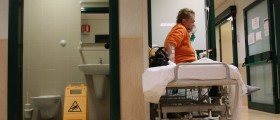

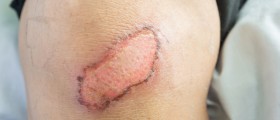
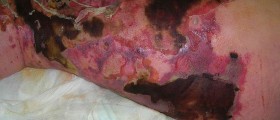




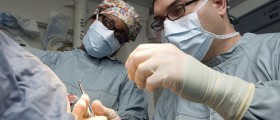
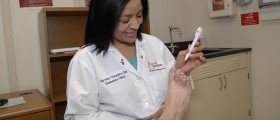


Your thoughts on this
Loading...